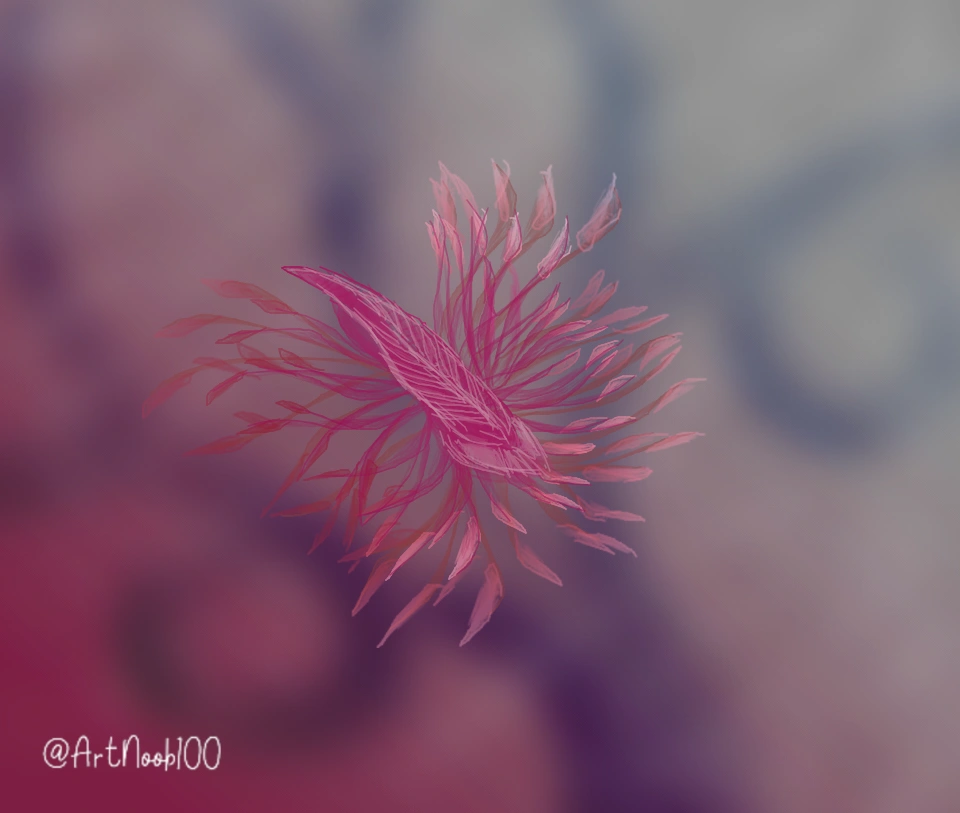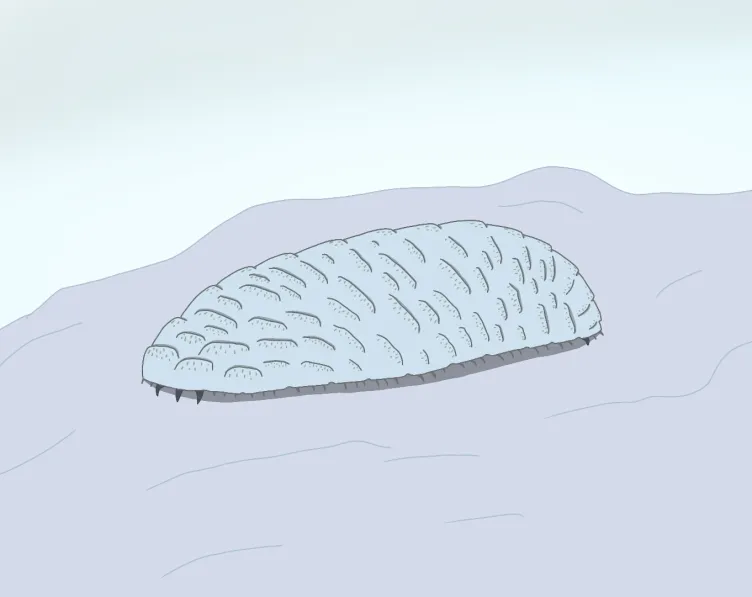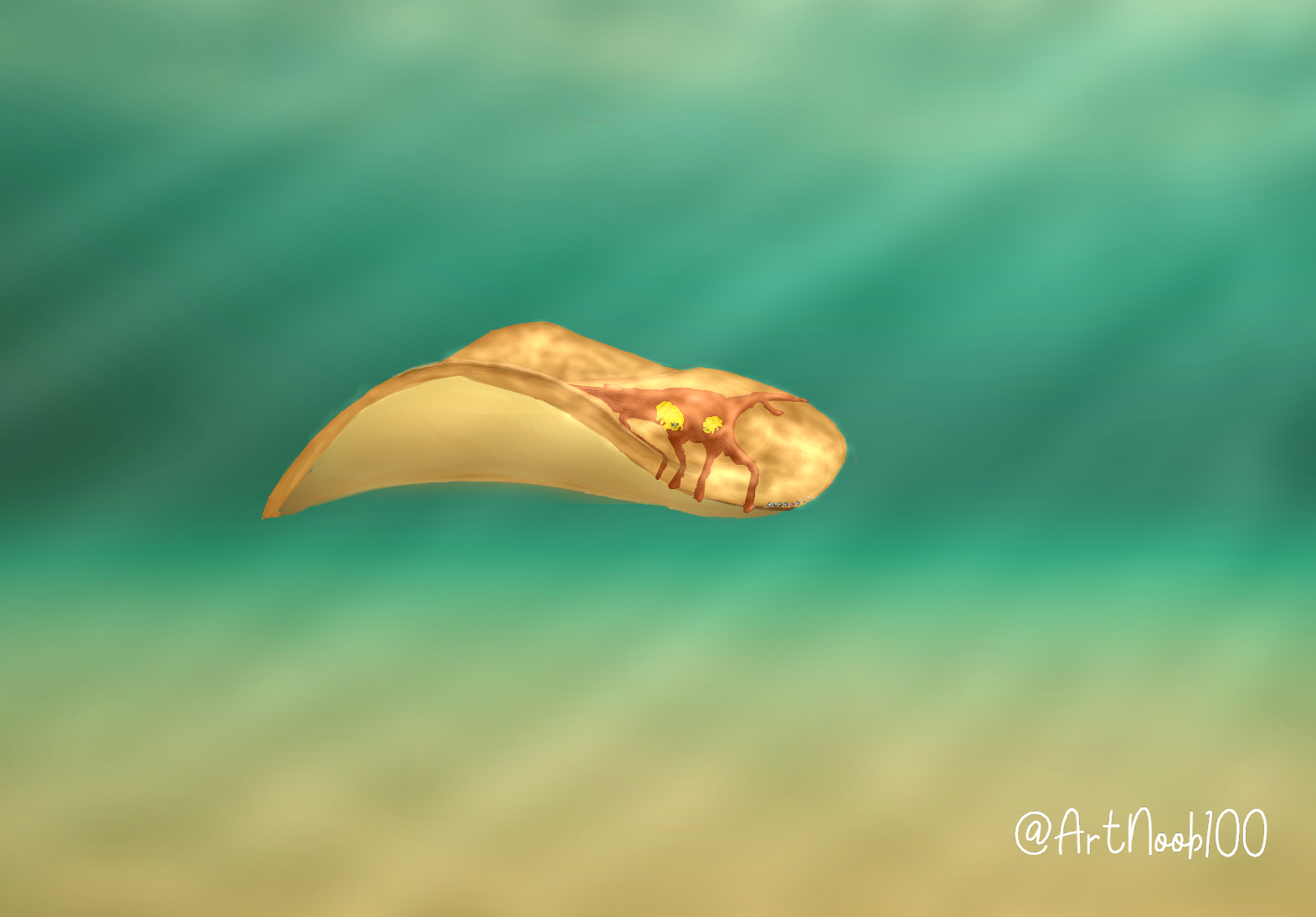Rula Tun-Kali [Gliese 876 c]
Orbiting a dim red dwarf about 15 light-years from Earth, Rula Tun-Kali shares its system with several planets whose strong gravitational interactions keep their orbits in constant motion. The planet has a very small orbit, circling its star at 0.13 AU, roughly one-third of Mercury’s distance from the Sun. However, since the star’s heat is […]
Continue Reading






